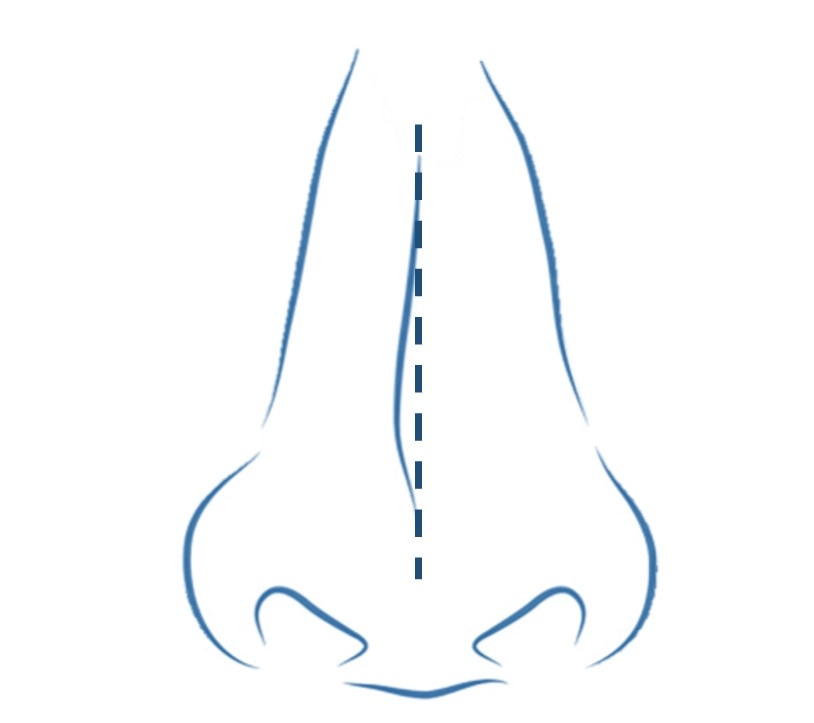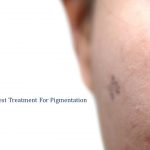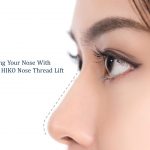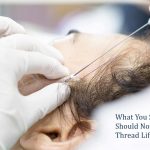Everybody has a characteristic type of nose that determines the overall look of the face. Some individuals have short and wide noses while others have very long noses that even hide the nostrils. Some have very sharp and defined nose tips while in some people, the tip is rounded and bulbous. A question arises, “Which nose is the most attractive nose?” Well, the majority of people and scientists have agreed that a universally attractive nose is the one that is symmetrical, and renders balance and harmony to the face.

However, very few people have the features of an ideal nose. If you feel that your nose is less attractive and needs modifications, you should consider rhinoplasty. It is a plastic surgery procedure that has both cosmetic and therapeutic applications. In this article, we shall talk about these applications, types, and techniques of rhinoplasty in detail. We shall also discuss the 6 most common nose concerns which can be addressed by rhinoplasty.
6 Common Nose Concerns Rhinoplasty Can Address
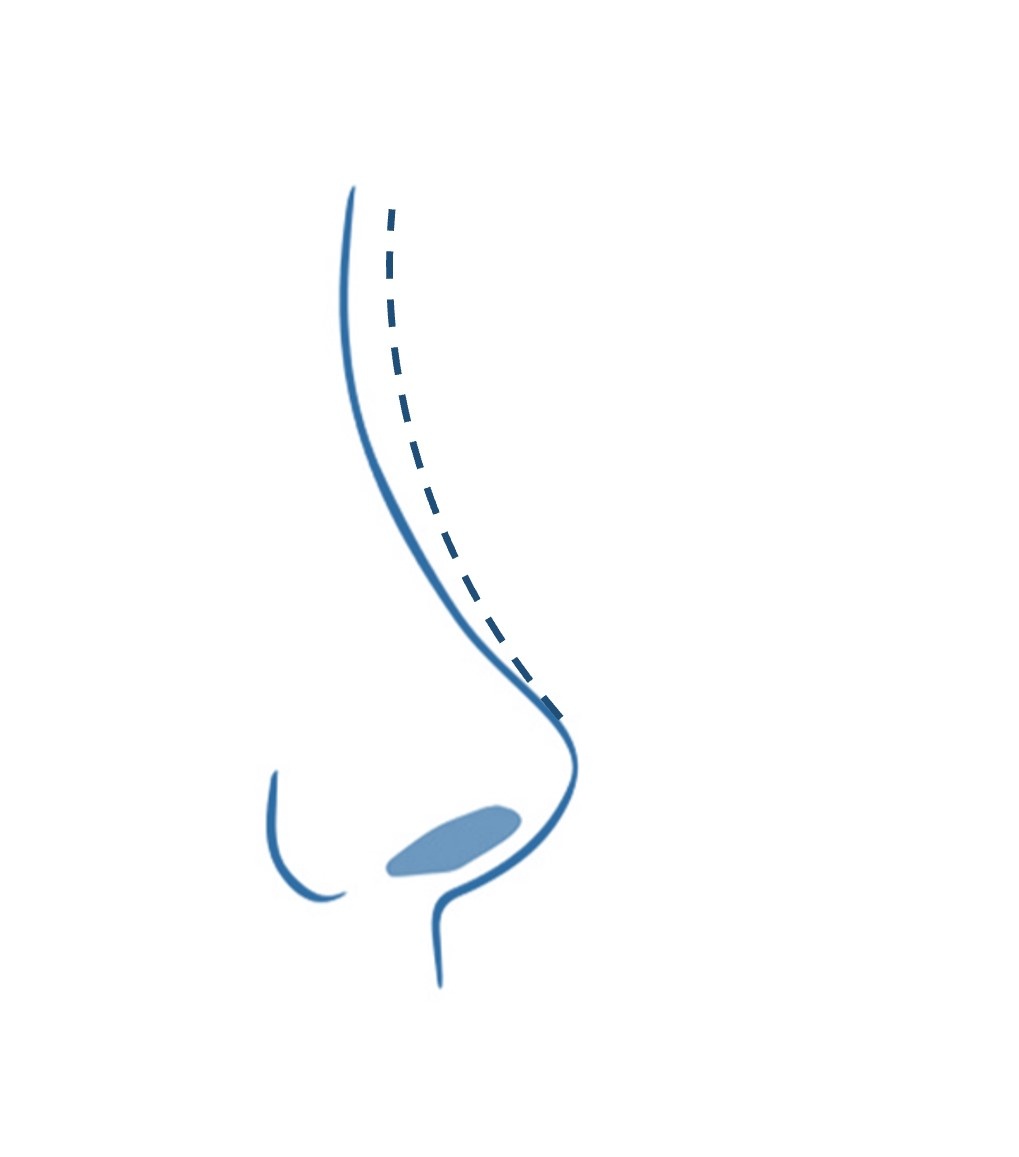
Low Or Flat Nose Bridge
A low nose bridge makes your nose look flat and wide. These types of nose features are most common in Asians, Africans, and Hispanics.
A wide nose can be surgically corrected by narrowing the bridge and refining the base and tip of the nose. However, if the nasal bridge is too flat, augmentation rhinoplasty can be helpful. In this type of rhinoplasty, an artificial implant or an autologous graft, taken from the nose or ear cartilage, is used to increase the height of the nose. As a result, your nose will look sharp, slim, and more defined, and it will also improve the overall proportion of your face.

Dorsal Hump On Nose
Another nose concern that is commonly encountered in plastic surgery clinics is a humped nose. A hump or bump, of variable size, is present dorsally over the nose bridge and is often prominent enough to divert the attention from the rest of your face.
Rhinoplasty (humpectomy) can be used to correct the humped nose. It involves the resection and removal of the protruding part of the dorsal septum. As a result, your nose bridge becomes straight. The hump can be removed partially or completely. The degree of resection depends upon your personal choice and decision.
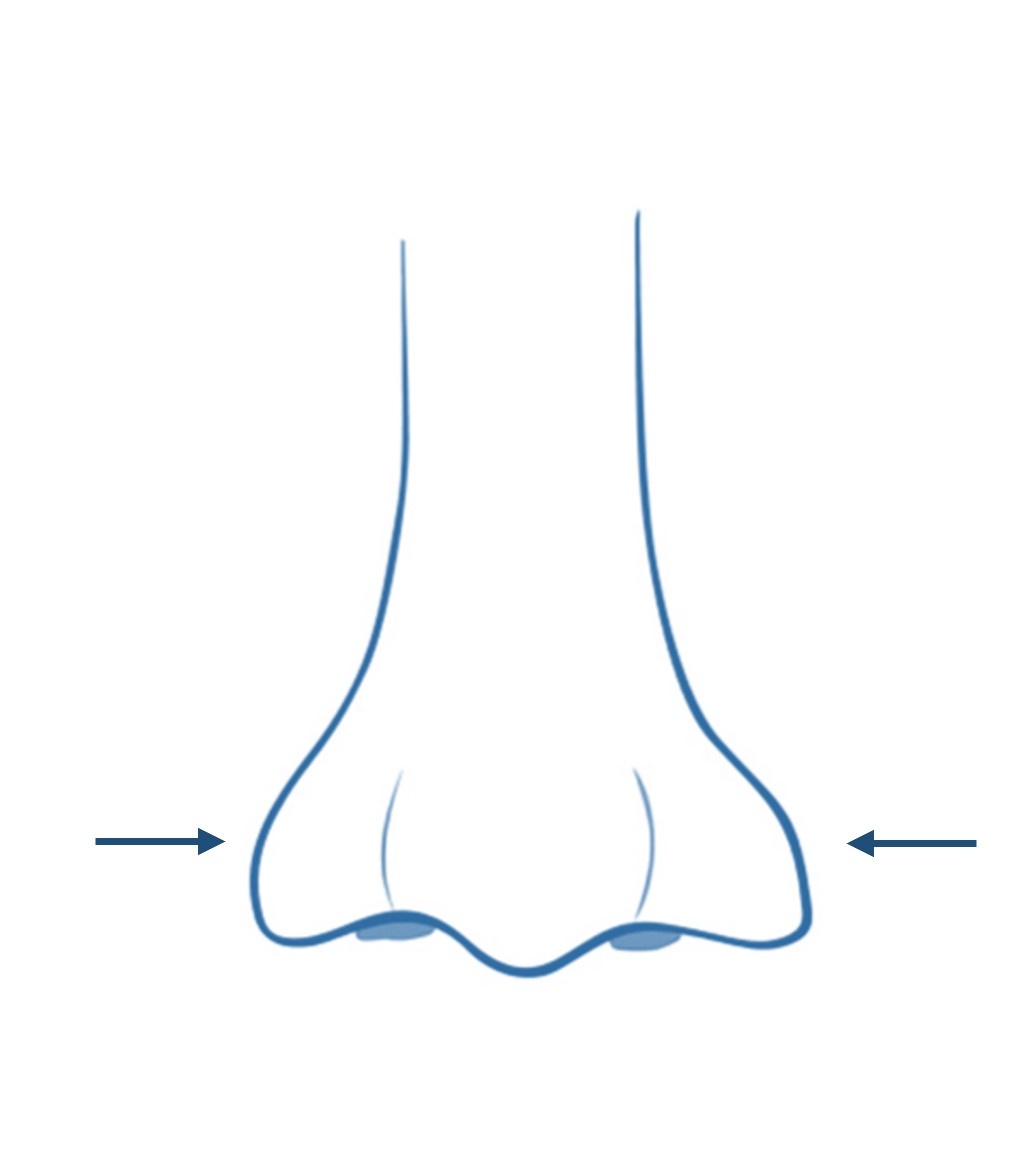
Bulbous Or Wide Nose Tip
In some people, the shape of the lower lateral cartilages of the nose is rounded. It gives a bulbous appearance to the nose tip, and the nose looks disproportionally wider and bigger than it is.
Nose tip plasty, a type of rhinoplasty, can easily address this concern by reshaping the lower lateral cartilages and removing the extra connective tissue and skin from the nose tip. What you get in the end is a sharp, suitably pointed, and well-defined nose tip.
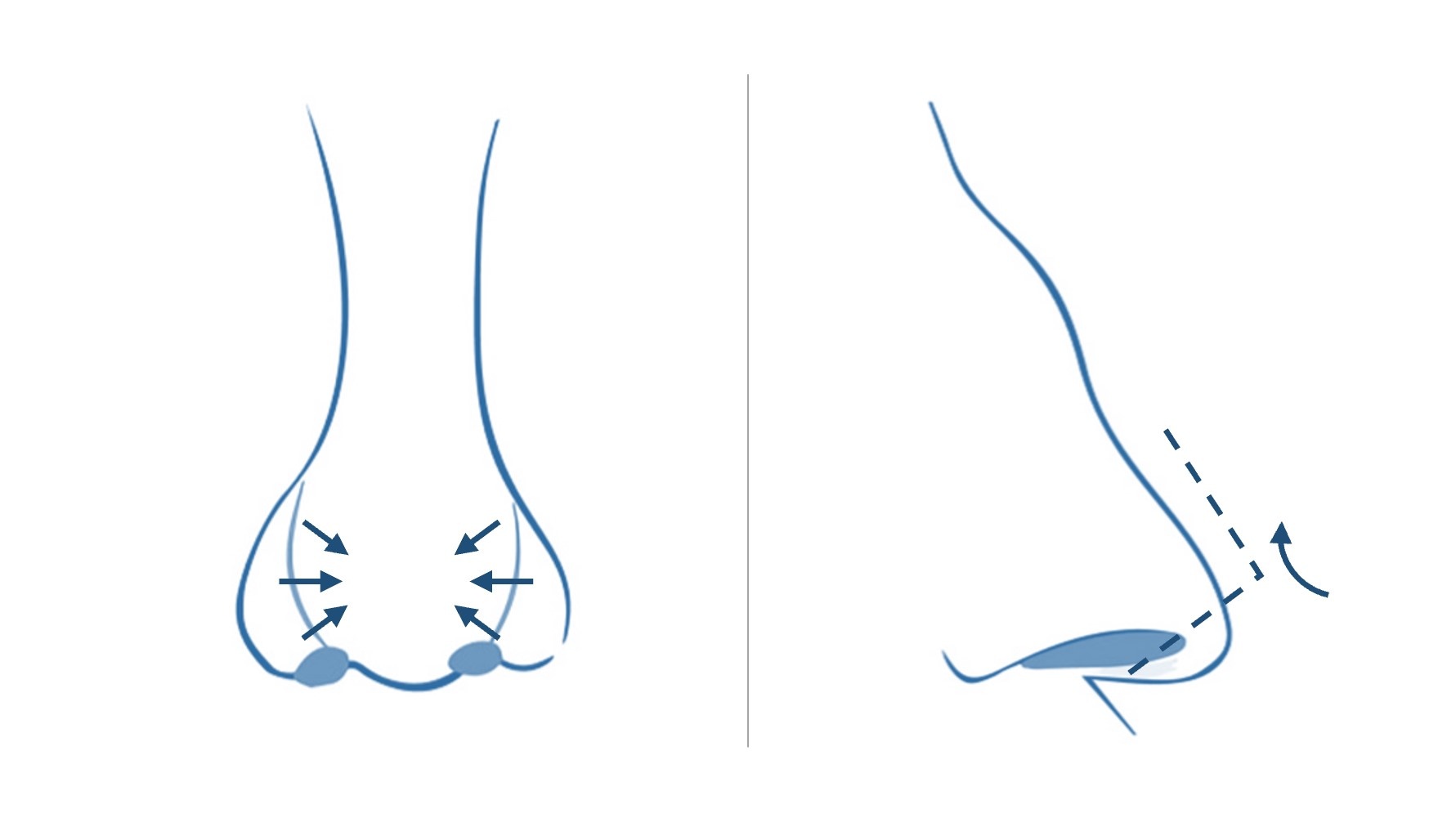
Long Or Big Nose
Too long or too big nose also seems unattractive, plus it may also be associated with droopy nose tip which hides the nostrils. Such type of nose often becomes a focus of bullying and unnecessary attention.
It can be corrected by a complex rhinoplasty procedure, like septoplasty. The surgeon will not only remove the lower part of the septal cartilage to shorten the length of the nose, but also rectify the drooping of the nose tip.

Short Nose Or Over-Exposed Nostrils
A short nasal septum not only makes your nose look small but also overly exposes the nostrils. It significantly affects the aesthetics of your face.
If the issue is of slight degree, an implant placement at the nose tip can do the job; however, if your nose is too short and the nostrils are also very prominent, one of the following surgical rhinoplasty treatments can be done;
- Repositioning the alar cartilages with surgical suture
- Septal extension graft using septal cartilage
- Nose lengthening procedure with ear cartilages
- Hybrid septal extension graft (septal, costal, and ear cartilages are used together for lengthening the nose)
Crooked Nose (Deviated Nasal Septum)
A nose having the septum deviated to one side is termed as a crooked nose. Such an asymmetrical nose not only presents as an aesthetic flaw but may also interfere with the normal flow of air during breathing, in turn, leading to nasal obstruction. Apart from the hereditary causes, the most common etiology of a crooked nose is facial trauma or injury.
If the deviation is mild with no associated complaint of breathing difficulty, it can be rectified by implants that straighten the nose bridge. In case of marked deviation, it becomes more difficult to correct the flaw, and therefore, a fairly complex rhinoplasty procedure including osteotomy and septoplasty will be required.
Who Should Consider Rhinoplasty For Nose Enhancement?
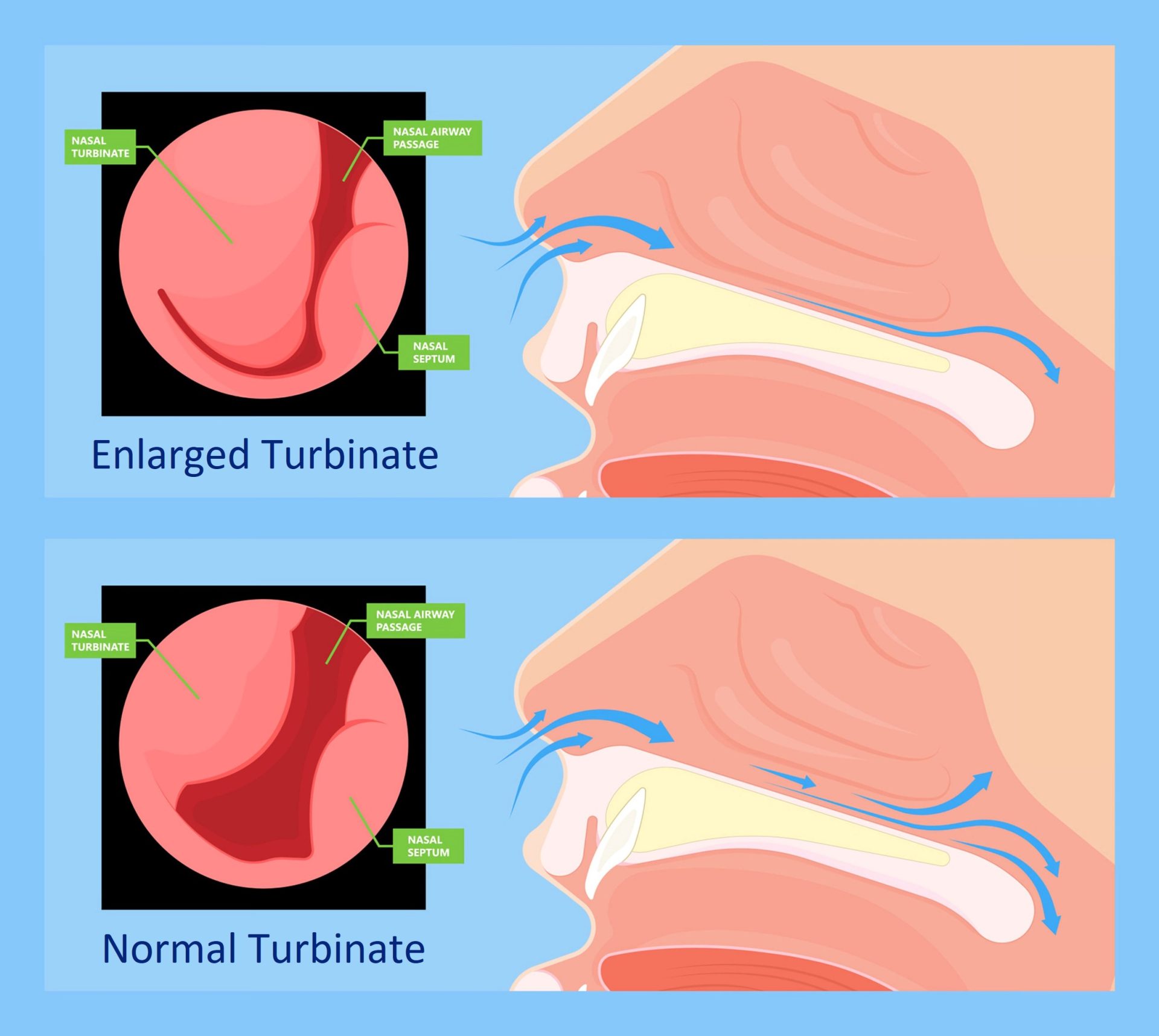
People who fit in any of the following criteria should consider rhinoplasty for nose enhancement;
- If you have any of the above-mentioned concerns related to the appearance of your nose
- If you are suffering from any of the following medical conditions;
- Injury to the nasal bridge or internal structures of the nose
- Recurrent sinusitis (sinus infection)
- A crooked nose that is affecting the normal airflow during breathing
- Mild sleep apnea
- Deviated nasal septum
- If the non-surgical nose jobs fail to correct the issue
- If you want permanent results rather than undergoing repeated sessions every year to maintain the results.
Types And Techniques Of Rhinoplasty
Rhinoplasty can be categorized into the following types;
Cosmetic Rhinoplasty
The purpose of cosmetic rhinoplasty is to remove the structural and asymmetrical flaws of the nose and to sculpt it in a way that appears more defined and attractive aesthetically. Cosmetic rhinoplasty is further divided into the following subtypes based on the concerns it addresses;
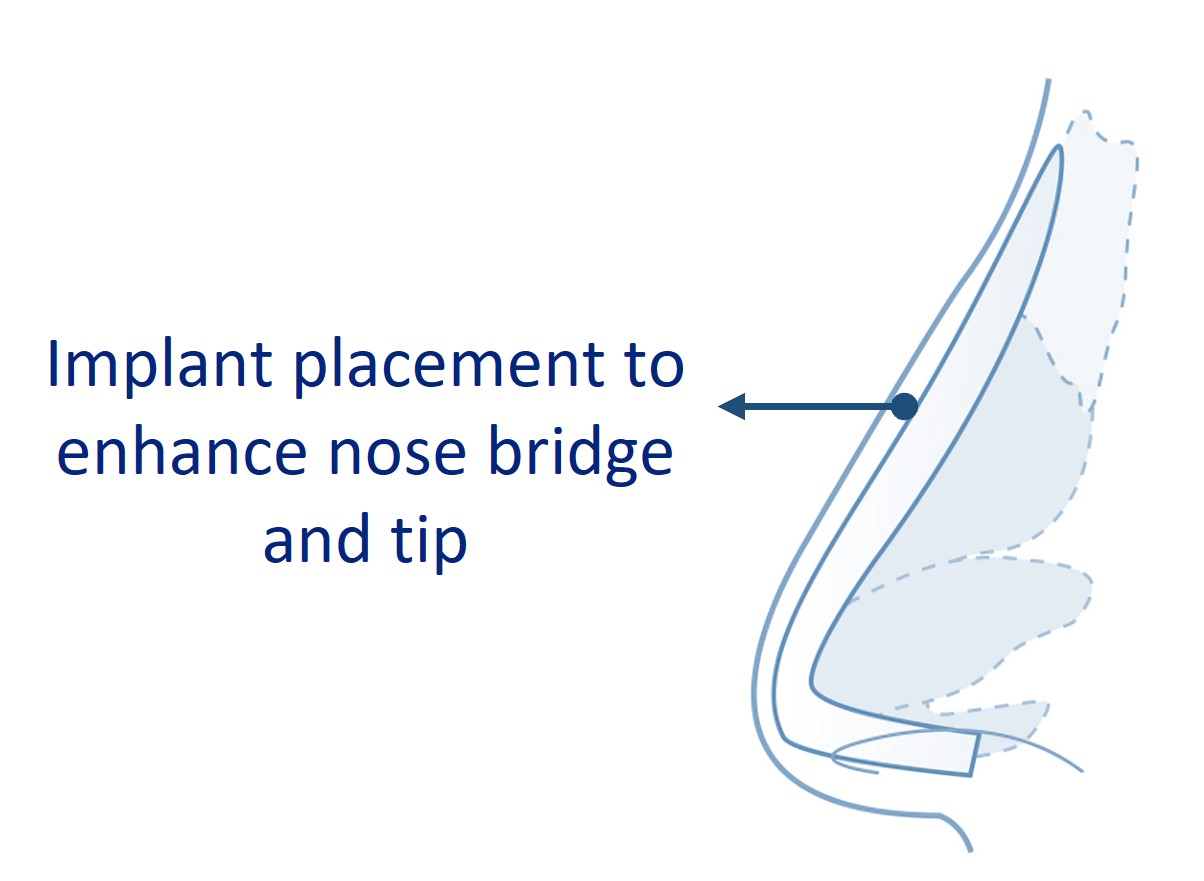
- Augmentation Rhinoplasty – It is used to rectify flat or low nose bridges. Silicone implants or autologous cartilage grafts are placed to fill the deficient areas and to increase the height and tip of the nose.

- Short Nose Correction – A type of rhinoplasty meant for people having short noses with overly prominent nostrils.
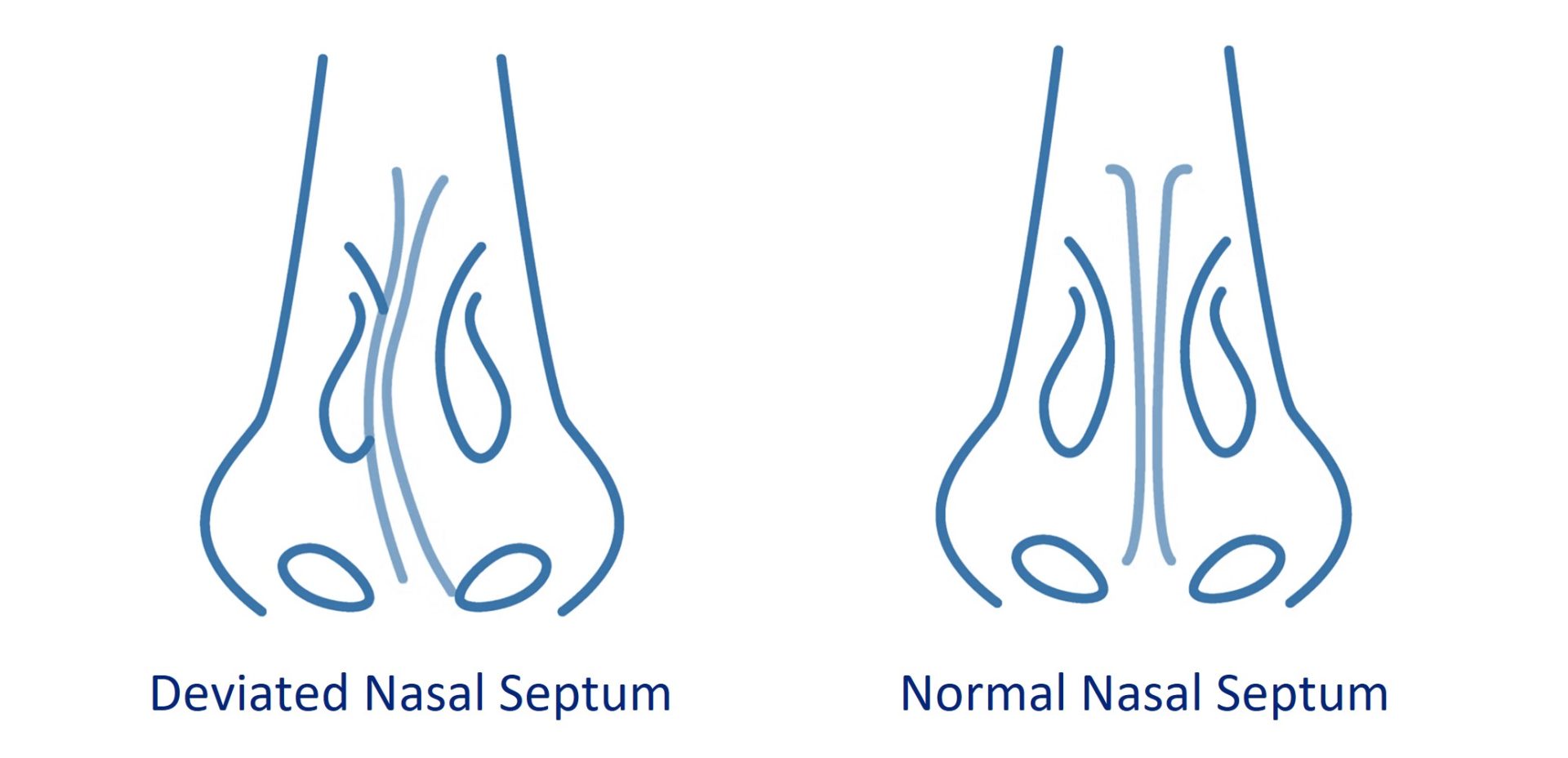
- Septoplasty – It involves the resection and removal of the lower part of the nasal septum, and is, therefore, helpful in the shortening of long noses.
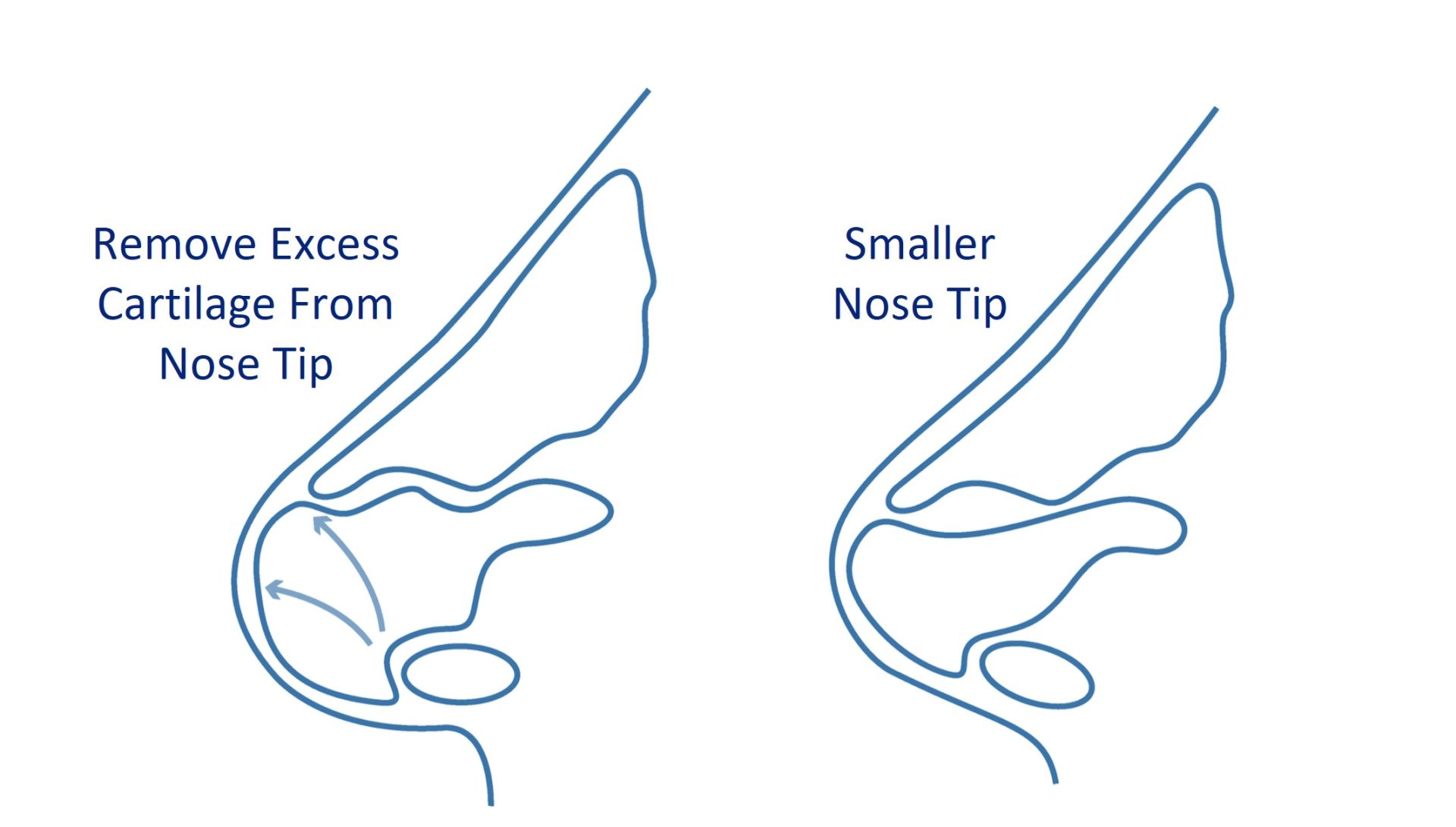
- Nose Tip Plasty – People, who have rounded and bulbous nose tips, can benefit from this procedure. It makes your nose tip sharp, pointed, lifted, and more defined.

- Alar Base Reduction – It is a type of rhinoplasty used to address wide nostrils.
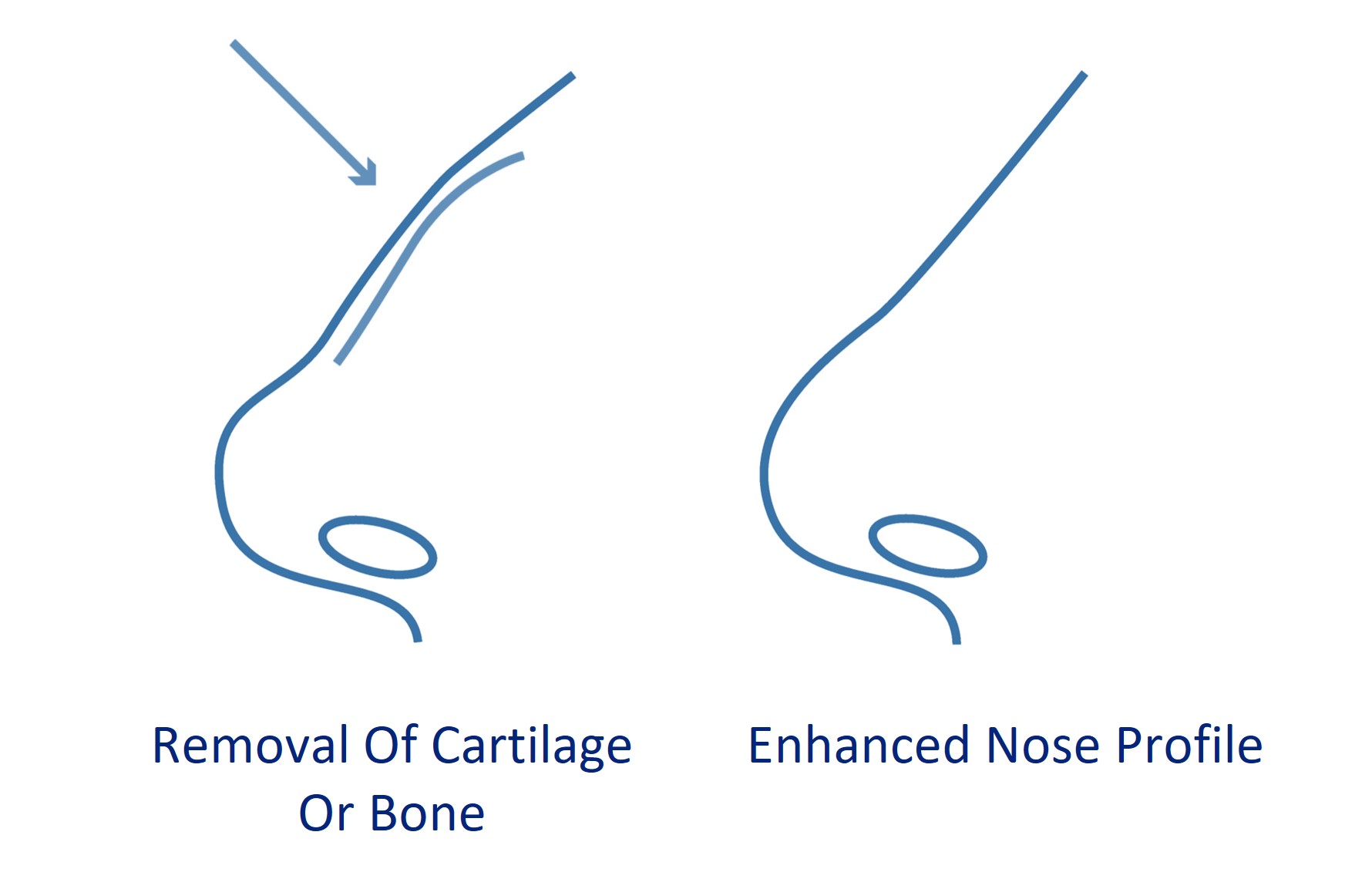
- Humpectomy – It is the partial or complete removal of the extra protruding part of the dorsal septal cartilage of the nose. It is the ideal treatment for individuals having humped or hooked noses.
Corrective Rhinoplasty
People, who have a crooked nose because of a traumatic injury or some congenital birth defect, and it is affecting their breathing, should go for a corrective rhinoplasty. Because of the therapeutic purpose, it is often referred to as medical rhinoplasty.
Revision Rhinoplasty
If the previous rhinoplasty fails or when complications develop, the subsequent rhinoplasty done to rectify the issues is known as revision rhinoplasty.
Techniques By Which Rhinoplasty Is Done
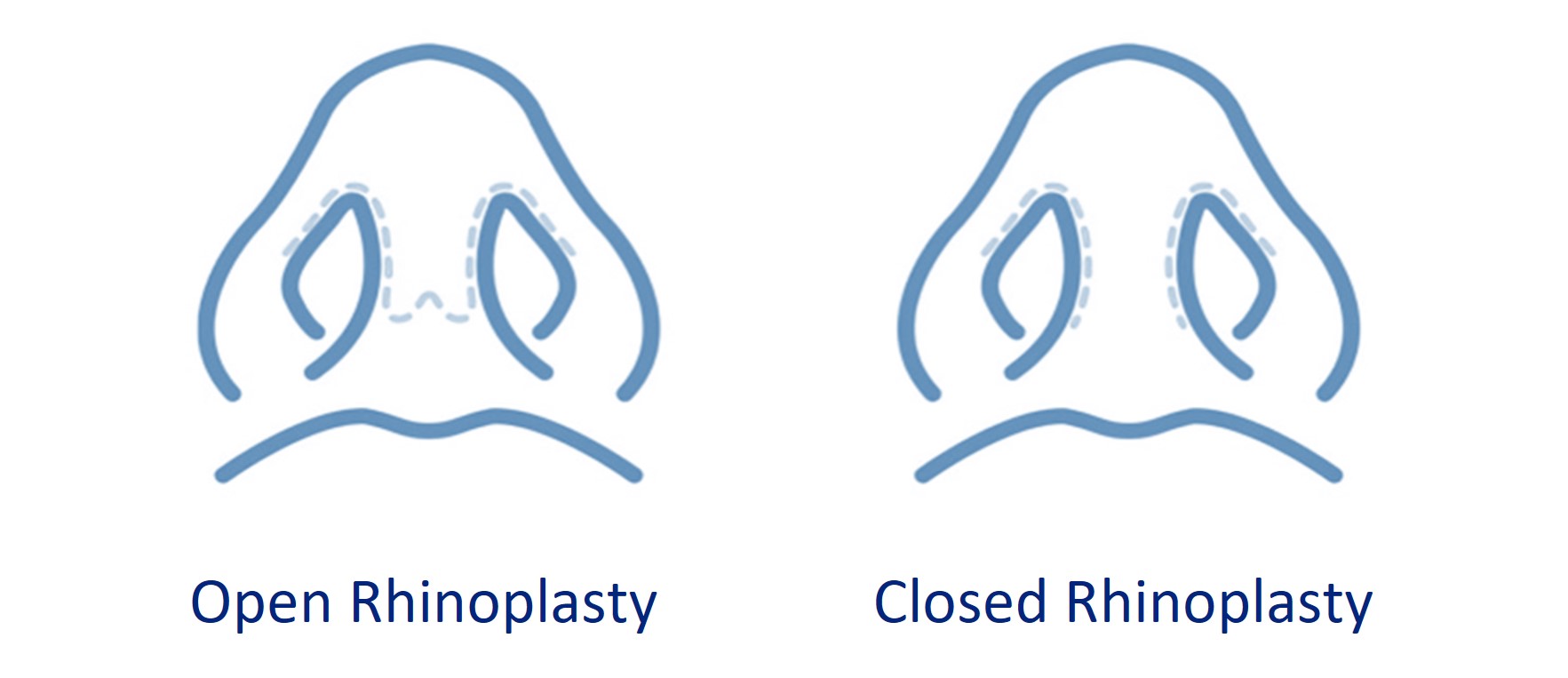
Closed Method
In this technique, all the incisions are given inside the nose, so there are no scars visible outside the nose in the end. This approach is used to address mild and subtle concerns of the nose.
Open Method
It is done when more exposure is required to make significant changes in the nose. An incision is given outside the nose a few millimeters below the columella.
Types Of Implants Used In Rhinoplasty
Following types of implants are used in rhinoplasty;
Autologous Implants
These are the grafts of cartilage taken from the patient’s ear or nose. Because these grafts are biological and taken from the person’s own body, there are minimal chances of graft rejection and there are lesser risks of side effects and complications.
Silicone Implants
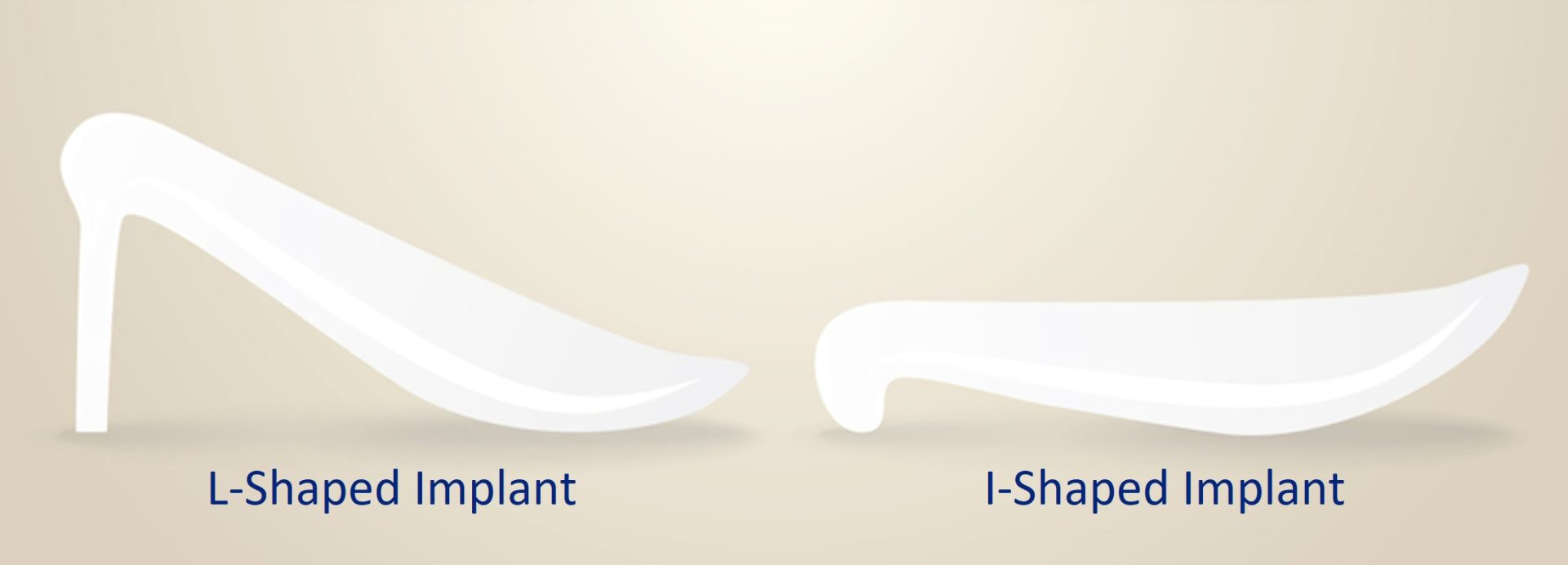
These are artificial implants made of silicone and can be used as an alternative to autologous grafts. These are further of two types;
L-Implants
These are L-shaped silicone implants having a long arm that gives augmentation and contour to the nasal dorsum/bridge; an ‘angle’ which provides good shape and projection to the nasal tip; and a short arm that acts as a support to keep the nasal tip lifted. The success rate of
I-Implants
Unlike L-implants, the I-shaped implants do not have the ‘angle’ and the short limb, and are, therefore, more commonly used to augment the nasal bridge. However, it also provides a projection to the nasal tip.
Studies show that both I- and L-shaped implants are highly feasible for Asian augmentation rhinoplasty. [1, 2]
What Is The Cost Of Rhinoplasty In Singapore?
The cost of rhinoplasty in Singapore ranges from $6000 to $20,000. Various factors determine the final cost of the treatment. These include;
- Type and complexity of rhinoplasty
- Revision surgery
- Proficiency and experience of the surgeon
- Type of anesthesia given (local or general)
- Operation room’s cost
- Things used during surgery
- The locality of the treatment center
- Requirement for an overnight stay at the hospital
- Post-operative medications
- Follow-ups – etc
Bottom Line
Rhinoplasty is a plastic surgery treatment that has both cosmetic and therapeutic applications. It can be used to correct various flaws in the size, shape, or contour of the nose. The most common nose concerns it addresses include, flat nasal bridge, long nose, short nose with overly exposed nostrils, bulbous nose tips, humped nose, crooked nose with the deviated nasal septum, etc. To address these issues, there are various types and techniques of rhinoplasty.
About Dream Aesthetics and Plastic Surgery
Bespoke surgical for cosmetic or medical reasons is what Dream covers to bring out the beauty in every individual. Going beyond the aesthetics and working on physical anomalies are what we value the most in leading our patients to cherish self-improvement and confident lifestyles.
Derived from Associate Professor Vincent Yeow’s long-standing experience performing plastic surgery in Singapore, our treatment plans deliver physical remodelling in our patients’ favour. One of the notable remodellings is droopy eyelid correction. The ptosis surgery used for treatment eventually fixes drooping eyelids, improves vision and enhances appearance.
Most importantly, as a trustworthy plastic surgery and aesthetic clinic, we treasure positive and natural outcomes for each individual. We will ensure to deliver the beauty refinement of your dream without compromising your safety and privacy.


